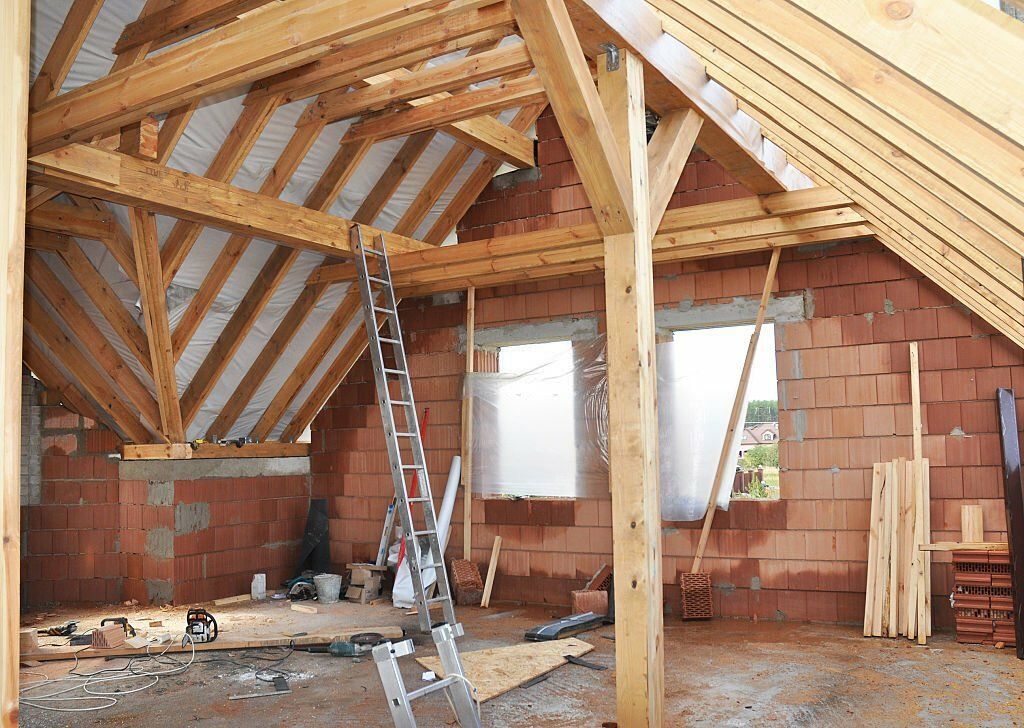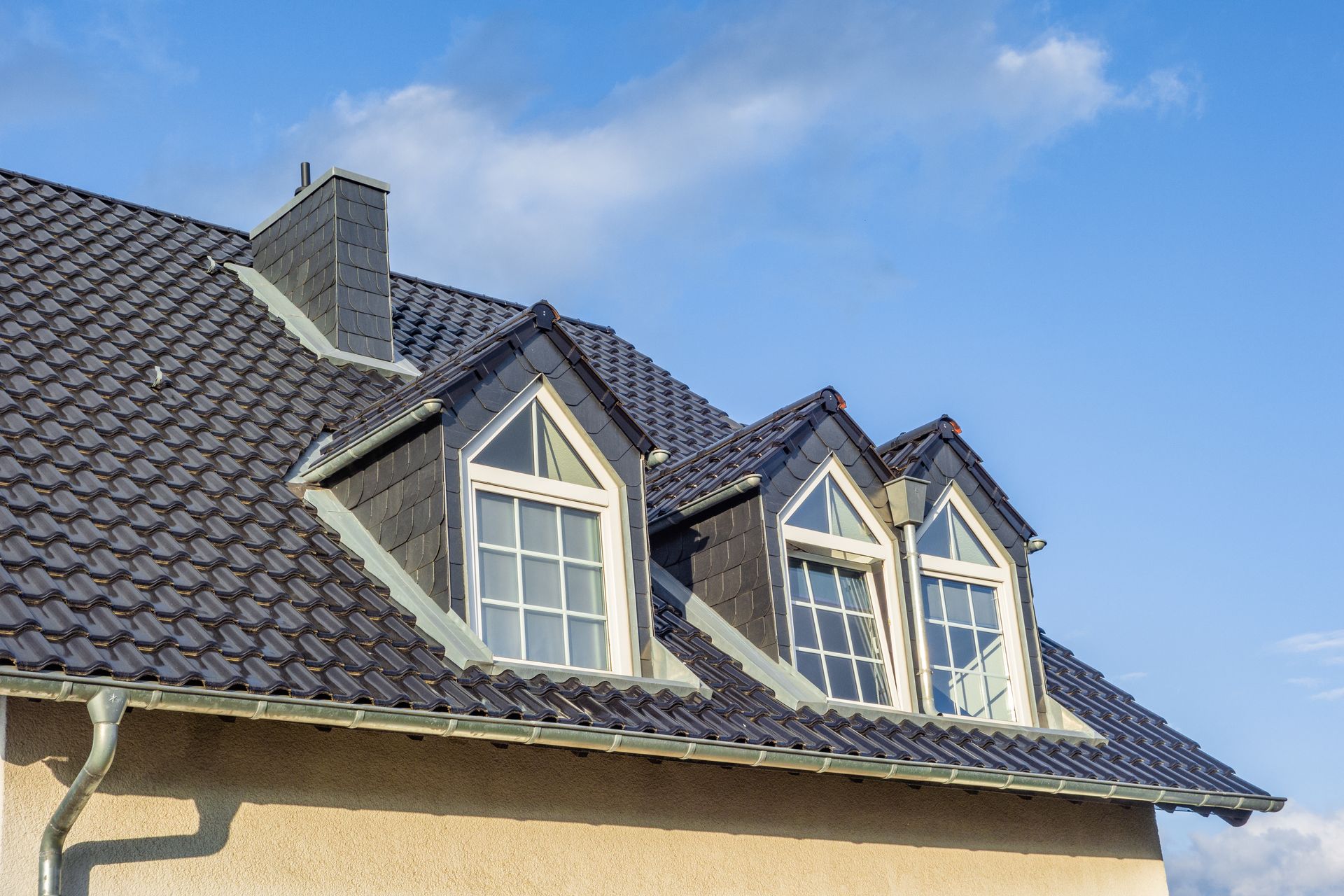





Dos and Don'ts of Applying for Loft Conversion Planning Permission
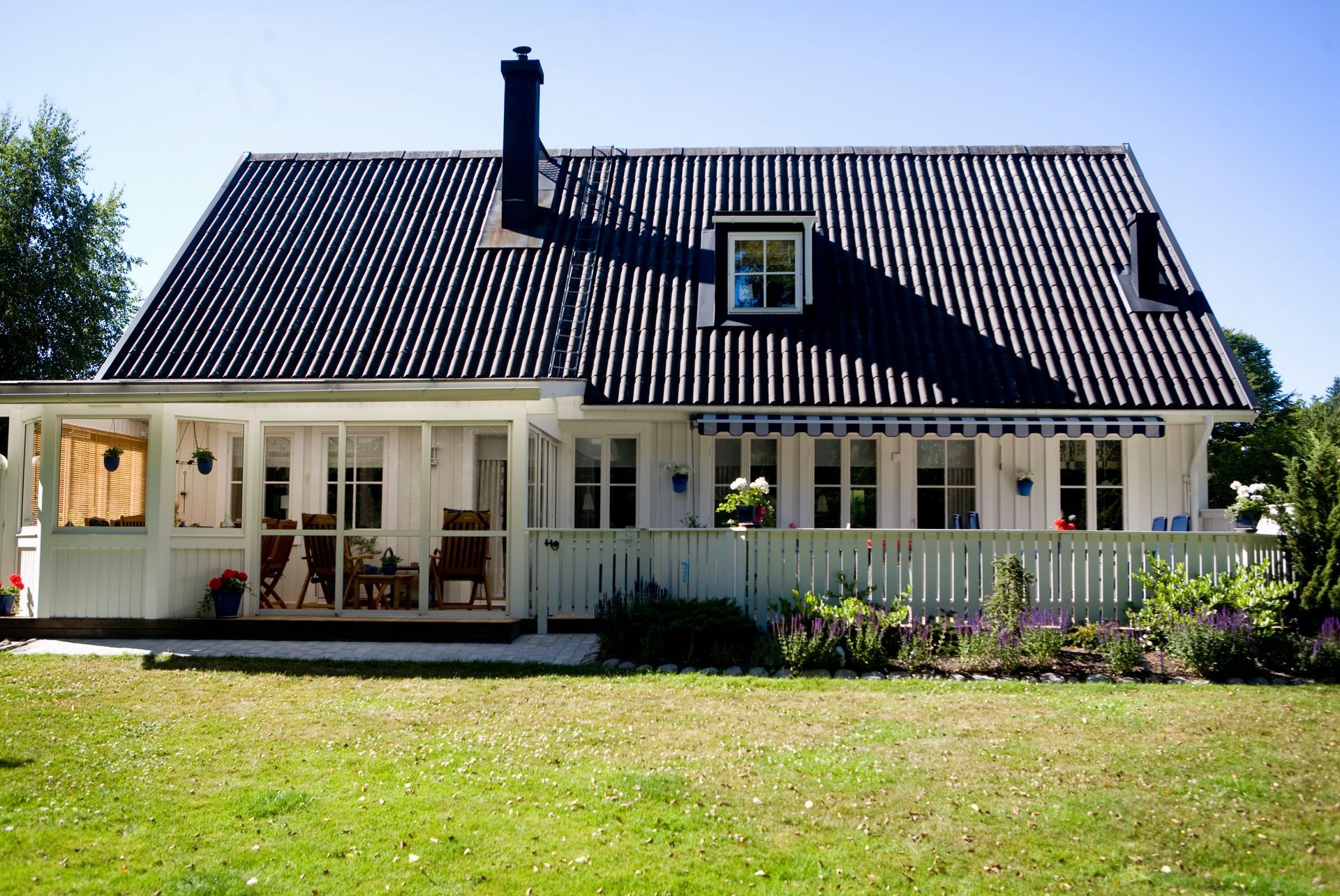
Converting your loft can add useful living space to your house and be a life-changing experience. Understanding the nuances of planning permission is crucial to ensure a smooth and legal process. Many loft conversions fall under the 'Permitted Development' rules, allowing for additional space without the need for planning permission. However, certain conditions and types of loft conversions may require a closer look at the planning regulations. Let's delve into the dos and don'ts of applying for loft conversion planning permission, considering different types of loft conversions.
Types of Loft Conversions and Planning Permission Conditions:
Dormer Loft Conversions:
Planning Permission Conditions:
Dormer conversions can often be built under Permitted Development, provided they don't exceed certain size limits. The additional space should not sit higher than the highest part of the existing roof or extend beyond the front roof plane. Visibility from the highway may necessitate consent.
Hip To Gable Loft Conversion:
Planning Permission Conditions: Generally falling under Permitted Development, it's crucial to ensure that the changes don't exceed specified limits. Always verify with local authorities, especially if significant alterations to the roof structure are planned.
Velux Loft Conversions:
Planning Permission Conditions:
Velux conversions, focusing on roof windows, are often considered as Permitted Development. However, any alterations to the roof structure should adhere to specific regulations.
Mansard Loft Conversion:
Planning Permission Conditions: A
Mansard conversion, characterised by a horizontal roof and nearly vertical back wall, usually requires planning permission due to the substantial alteration of the roof structure to a 72-degree angle. Always check with local planning authorities.
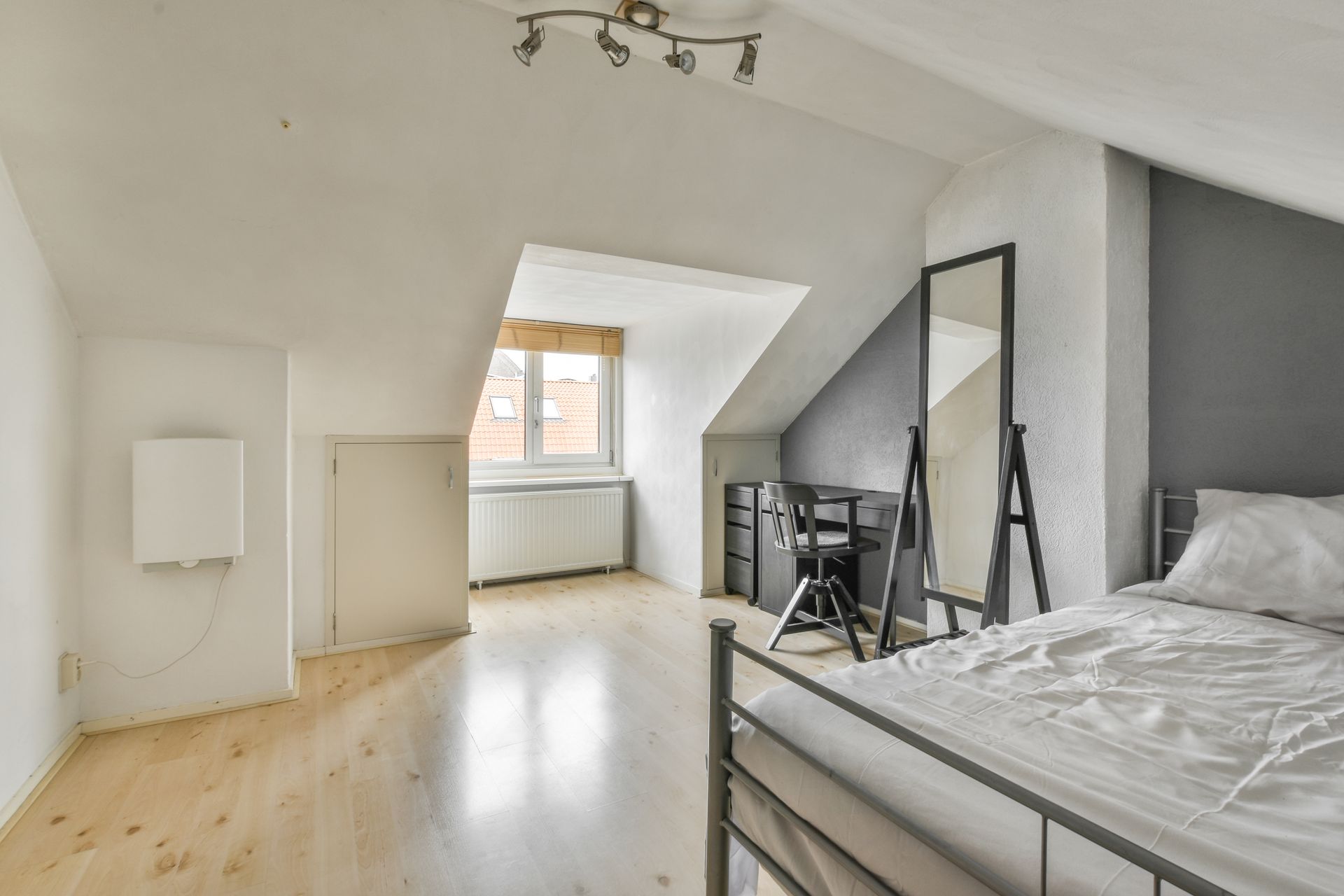
Crucial Dos and Don'ts:
Dos:
Research Local Regulations:
Thoroughly understand local planning regulations and permitted development rules specific to your area.
Consult with Professionals:
Engage with a reputable loft conversion service early in the process to gain insights into local regulations and assess your loft space's potential.
Submit a Comprehensive Application:
Ensure your planning permission application is detailed, including all required documents such as
architectural drawings
and impact assessments.
Consider Conservation Areas:
In conservation areas, pay extra attention to preserving the character of the building and consult with professionals experienced in such contexts.
Engage with Neighbours:
Communicate your plans with neighbours early on to address concerns and prevent potential objections later in the application process.
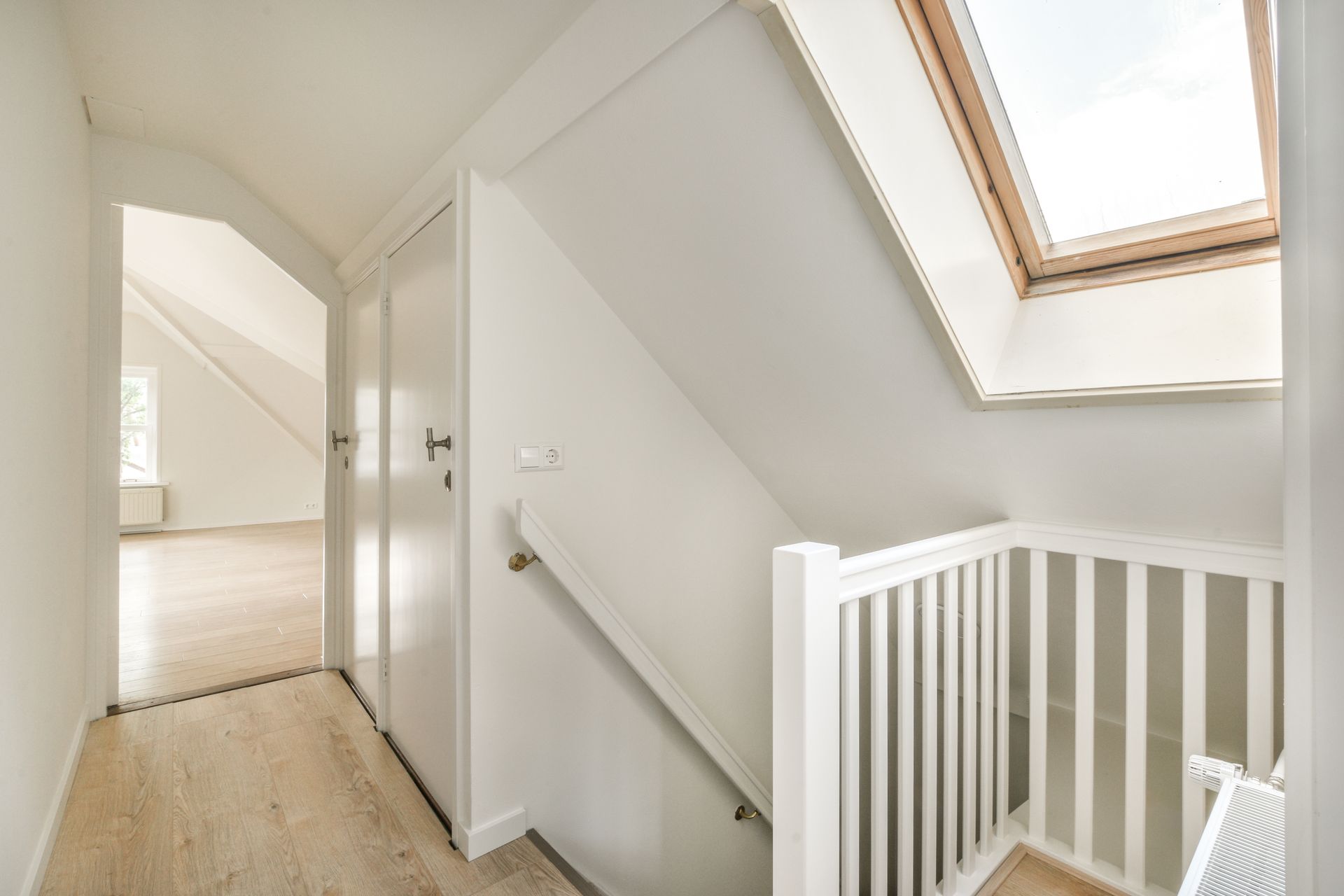
Don'ts:
Assume Permitted Development Covers Everything:
Always verify if your loft conversion falls under permitted development, as assumptions can lead to costly mistakes.
Neglect Building Regulations:
Building regulations must be adhered to, and overlooking them can result in serious consequences.
Overlook the Impact on Surrounding Properties:
Avoid designs that negatively impact neighbours' quality of life. This includes overshadowing neighbouring properties or compromising their privacy.
Ignore Conservation Area Guidelines:
In conservation areas, ignoring specific guidelines can result in a denied application. Preserve the historical and architectural abstinence of the loft area.
Underestimate the Cost:
Loft conversion costs can vary. Plan a realistic budget, considering potential unforeseen expenses.
Additional Considerations:
Always double-check planning consent needs with the local planning authority, especially if you live in a conservation area, a listed building, or have existing extensions.
While you don't need permission from neighbours for loft conversions, a Party Wall Agreement may be required for shared walls in terraced or semi-detached properties.
On the whole, navigating
loft conversion planning permission
involves a careful balance of understanding local regulations, engaging with professionals, and considering the specific conditions of your loft conversion type. By following these dos and don'ts, you'll be well-prepared for a successful loft space transformation. For expert guidance and seamless loft conversions, consider reaching out to Loft Conversions Essex, ensuring a hassle-free and compliant process.


